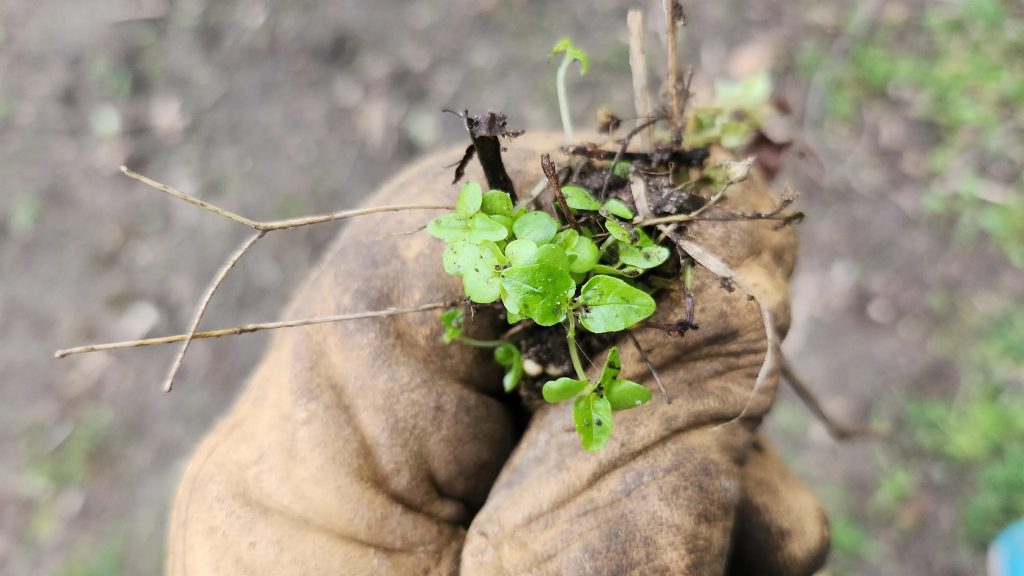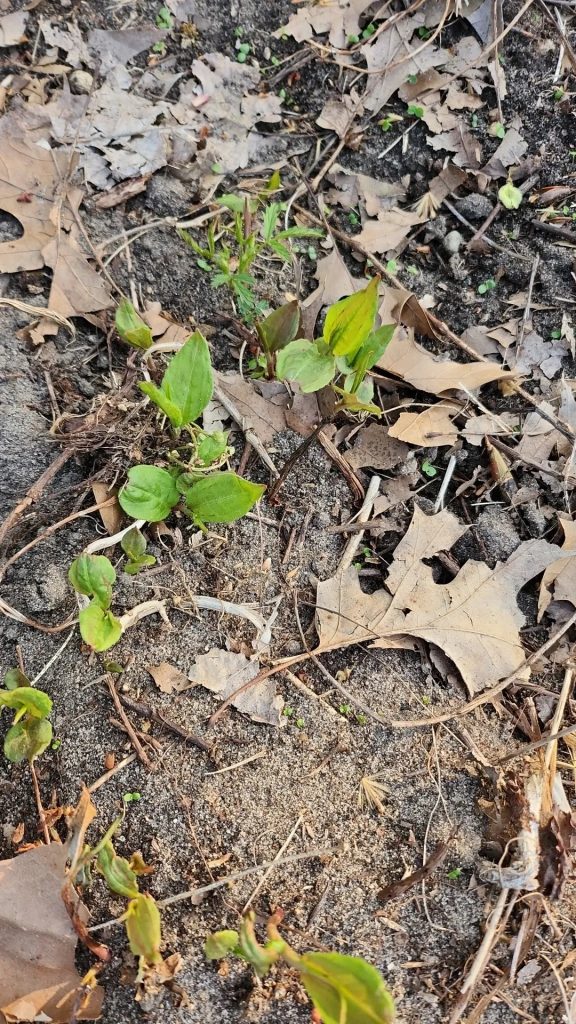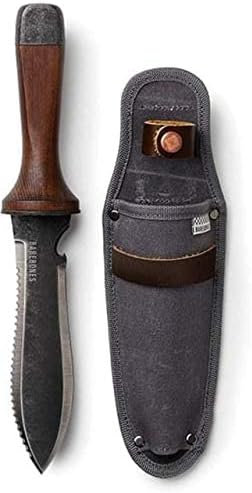
Today I cleaned up much of Area 3, and planted my first Native Perennial plan for this area. Since the most likely loss of plants will be due to deer browse, and this area is below the Mulberry Tree that feeds them in the summer, I will be using Deer Repellent spray until the plants take hold.
Since my ultimate goal is to ensure anything eaten here will spread goodness to other areas, I will let the deer browse later in the season. By then, I hope to have some nice grasses for them, and did choose as many deer resistant species as possible. But young deer eat anything and everything, so it’s important the perennials are healthy enough to return next year.
Most importantly, I really need a firm answer to dealing with an area that is completely covered by Creeping Charlie, Bedstraw, Virginia Creeper vines (some of which I will keep,) Violets and Avens.
Update: heavy leaf cover in the winter. The ground cover is easy to remove during early spring. I let it grow again for another 2 months, and then will spray with RoundUp. Not a marriage made in heaven, I’ve been vocally anti-RoundUp for decades, but I am comfortable with the spot and light treatments recommended by our local CiSMA. Another great recommendation was to use taller plants and Native grass to defeat Hairy Bittercress, which covers the ground in very early Spring. with such shallow roots, getting rid of that has been the easiest of the challenges.
Before (May 8) :

After:

Planted: Woodland Phlox (in a pot) , Bleeding Heart (in a pot,) young Ohio Spiderwort, Lanceleaf Coreopsis (from my nursery garden,) Wild Blue Indigo, Poppy Mallow, Little Bluestem, Monarda, Prairie Sage, Purple Love Grass, Blazing Star + Annual Shade Flower Cover Mix
Deer and Rabbit Spray Repellent Applied to perimeter May 10.
Some surprises also appeared:
A castaway sunflower seed sprouted in the wood chips. This had to be carried by a bird from someone’s feeder…a prime example of how our landscaping and yard activities affect our woods and forests.

Some other species found–hopefully all identified correctly by PictureThis, verified through Google search.


Not Native. Naturalized.


Not Native – Very Aggressive!
Native Species Surprises!


Finally! A Native. Can grow to 6′ tall.

Sunny Berm area




The Back Yard
In the meantime, starting work on the yard as well–first mowing of the season, with some Annuals in place (purely aesthetic–some bright colors to keep us smiling while we deal with the restorations.) This is where the Annuals and non-Native pollinator-friendly plants grow in a contained area.








